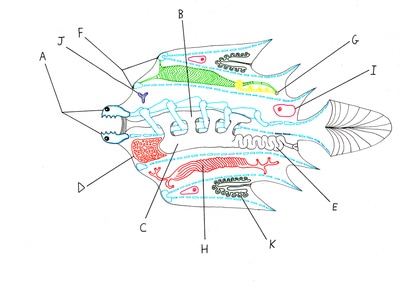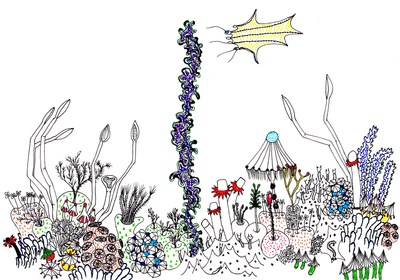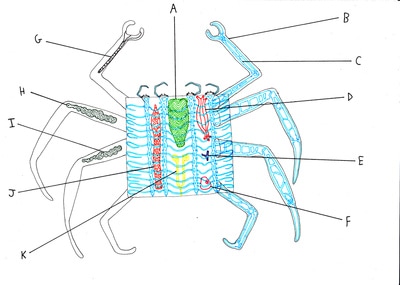|
Life is hard to define, so how will we know when we have found life on other planets?
Fire grows, produces “offspring,” and consumes food, but it is generally not considered alive. Crystals also grow and produce offspring. Viruses are nothing but large molecules that interact with cellular machinery on contact to reprogram it to make more viruses. They can be thought of as alive, but they can equally be thought of as signaling molecules, such as pheromones or hormones. Within the nuclei of all eukaryotic cells are stretches of DNA that sometimes get themselves copied and inserted elsewhere in the genome. They are like internal viruses. Are they alive? Some definitions of life include homeostasis, the ability of an organism to maintain itself in different environments. Fire is temporary, existing only when conditions are right and until the fuel is used up. In contrast, wolves sense when they are hungry and seek out prey. Of course, wolves are temporary too, and cannot exist in the vacuum of space or on the surface of pulsars. Seen over long enough timescales, even the entire biosphere on Earth is temporary, expected to die a couple billion years from now. Some definitions include having complex biochemical cycles, with compounds being replenished from their own products. Of course, there are also simple cycles, such as what occurs in the “traffic light solution.” Pigment A converts to pigment B, which converts to pigment C, which converts back to pigment A, in a cycle that continues as long as the base reactants (which could be thought of as food) last. Is the solution alive? Some definitions include reproduction, but this excludes mules and sterile worker ants. If on another planet there was an ecosystem so closely symbiotic that it resembled a single organism that never reproduced, would we recognize it as alive? What if it talked to us? Some definitions include having a replicator capable of following the Darwinian algorithm. This means it must duplicate information with a high enough degree of fidelity so as not to quickly degenerate into non-life, but not so high that mutations do not occur, giving natural selection something to act on. In other words, life must evolve. This definition excludes self-replicating machines designed so precisely that they never make mistakes. It would also come as a surprise to the ancients, who thought they knew what life was, but had never considered evolution. More recently, some attempts have been made to describe life in mathematical terms, giving astrobiologists five specific things to look for: If an object maintains a gradient of compounds out of equilibrium with its environment, it might be alive. If the sizes of the objects under study follow an inverse power law, with smaller ones more common than bigger ones, they might be alive. If one molecule is activated only by one other molecule, as if they were lock and key, they might have been produced by life. If the molecules present require many unique steps to manufacture, rather than simply being repeating polymers, they might be produced by life. If the molecules present are asymmetrical and not accompanied by their mirror-image partners, they just might be produced by life. Life is hard to define, but the more qualifications a phenomenon holds, the more willing scientists are to call it life. So far, they have only found life on Earth. We must keep looking. Further Reading: https://www.scientificamerican.com/article/the-search-for-extraterrestrial-life-as-we-dont-know-it/
0 Comments
Leave a Reply. |
Like alien art? Check out my store.
Copyright © 2017



 RSS Feed
RSS Feed